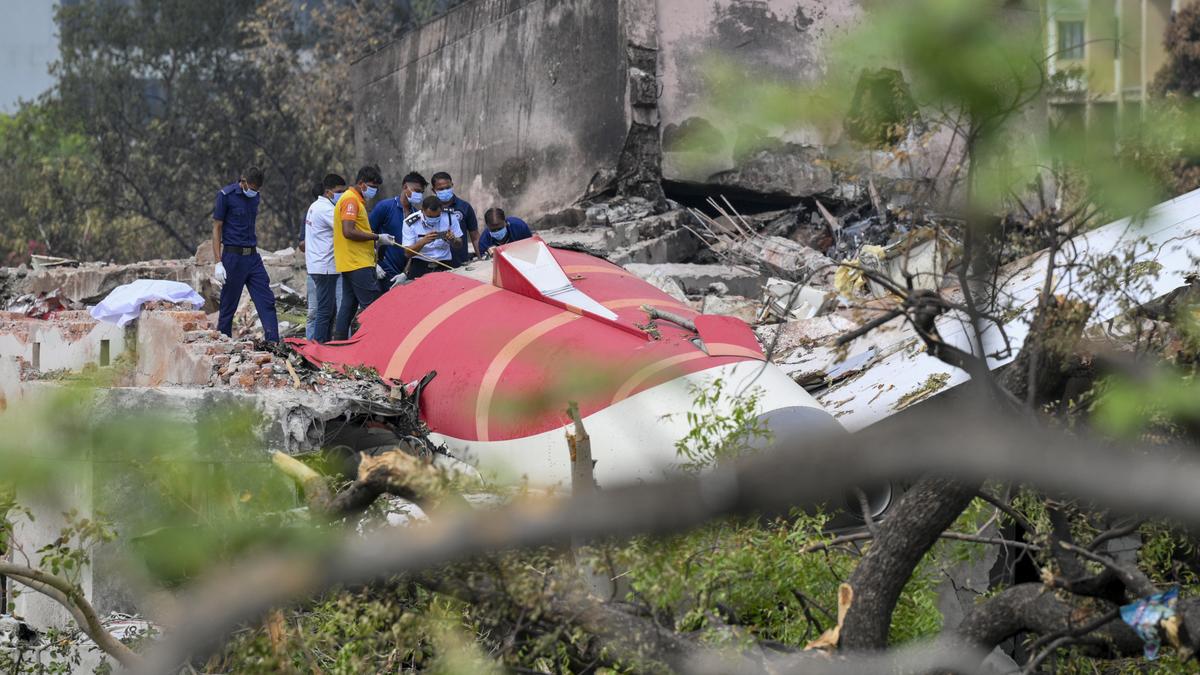
The preliminary report on the AI 171 crash is notably brief and lacking in technical transparency, says aviation expert
How did your country report this? Share your view in the comments.
Diverging Reports Breakdown
The preliminary report on the AI 171 crash is notably brief and lacking in technical transparency, says aviation expert
The interim probe report into the Air India crash possibly raises more questions than it answers. Aviation safety expert Amit Singh, who has flown the Boeing 777 aircraft, says the report lacks technical transparency. By omitting recommendations on necessary inspections and immediate corrective steps, the report fails to show the urgency warranted by a catastrophic event such as the June 12 crash that killed 260 people. The report begins by highlighting a 2018 FAA Special Airworthiness Information Bulletin (SAIB) regarding the potential disengagement of the fuel control switch locking feature. Air India had not inspected their fleet regarding this. The mechanical failure could have allowed the switches to move directly, bypassing the safety feature. This possibly resulted in cutting off fuel supply to the two engines, and their subsequent shutdown, resulting in the crash. It reflects a serious lapse in safety oversight. A corrective action may have prevented this crash.
What are the key highlights of the probe report?
The report begins by highlighting a 2018 FAA Special Airworthiness Information Bulletin (SAIB) regarding the potential disengagement of the fuel control switch locking feature. Air India had not inspected their fleet regarding this. The mechanical failure in the fuel control switch mechanism could have allowed the switches to move directly, bypassing the safety feature. This possibly resulted in cutting off fuel supply to the two engines, and their subsequent shutdown, resulting in the crash.
The second important aspect of the report is to determine at what stage the engines stopped producing the thrust, which eventually led to the accident. The report states that the aircraft got airborne at 1.38.39 p.m. and attained a maximum speed of 180 knots at 1.38.42 p.m., following which the two fuel control switches moved to the ‘cut off’ position. One would imagine that this was the point when the engines would have stopped producing thrust, but the report further down states that the Ram Air Turbine (RAT), which is a backup power source that activates after a double engine failure, was deployed during initial climb, immediately after take-off. For the RAT to deploy, both engines have to stop. Therefore, we can deduce that the engines stopped just before lift-off. However, the fuel control switches were moved to shut off much later.
What do we need to know to understand whether this was human action, or inadvertent?
We will need to know specifically what were the exact cockpit actions and switch movement logs. We also need the full transcript of the cockpit voice recording, whereas the preliminary report only gives a sentence that was exchanged between the two pilots, where one asks the other why he switched off the fuel supply to which the other pilot says that he had not done so.
Information is also needed on whether the locking mechanisms on fuel switches were installed or disabled. Also, if there were any uncommanded system inputs or failures.
Compared with other high profile preliminary reports, such as the 33-page Ethiopian Airlines ET 302 (737 MAX) report, the AI 171 report is notably brief and lacking in technical transparency. The ET 302 report included extensive data traces, CVR excerpts, checklists, and manufacturer bulletins, enabling stakeholders worldwide to act swiftly. In contrast, the AI 171 report reads more like a narrative than a technical investigation, and fails to offer the clarity and urgency warranted by such a catastrophic event.
What are the chances of the two switches moving or transitioning by themselves?
Such a possibility is extremely unlikely unless one of the following occurred.
The locking feature on the fuel switches was disengaged as given in the FAA SAIB of 2018, or there was a faulty installation of the lock on the fuel switch that allowed unintended their movement, cutting off fuel supply to the engine.
Other possibilities include vibration experienced by the quadrant or levers due to the uneven runway surface. Or if there were any uncommanded system inputs or failures, that is, one where there was no input from the pilots.
What do you make of the Boeing advisory and Air India’s failure to take corrective action?
It reflects a serious lapse in safety oversight. SAIB NM-18-33 warned of exactly this failure mode, but there’s no evidence that Air India acted. A corrective action may have prevented this crash.
The AAIB interim report too should have issued clear and immediate recommendations, including inspection and verification of fuel control switch locking mechanisms across all Boeing 787 aircraft, [and] policy changes to elevate SAIBs to mandatory compliance when warranted.
